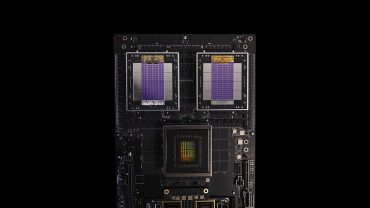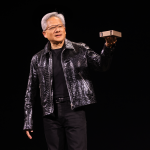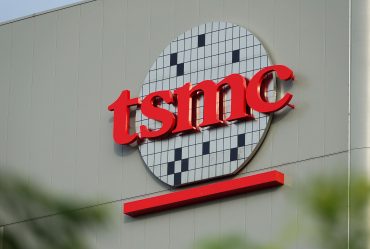
- Quantum & Chips
Nvidia Resumes Chip Sales to China After Export Approval
5 minute read

Nvidia’s AI chip sales to China unlock $10 billion market opportunity as US export restrictions ease for modified H20 processors
Key Takeaways
- Nvidia resumes H20 chip sales to China after receiving US government assurances that export licenses will be granted, reversing previous administration restrictions
- $10 billion revenue recovery potential as Nvidia suffered $2.5 billion in H20 losses during first quarter of fiscal 2026 due to export restrictions
- Asian markets surge on announcement with Hang Seng Tech Index rising 2.2% and supply chain partners like Samsung positioned to benefit from increased demand
Introduction
Nvidia announces plans to resume sales of its H20 AI chips to China after receiving assurances from the US government that export licenses will be approved. This reversal marks a significant shift from the previous administration’s stringent technology export restrictions implemented in April.
The announcement comes as CEO Jensen Huang visits Beijing, meeting with government officials and industry leaders to discuss market re-entry. Huang told reporters that the US government has approved the company’s filing for licenses to begin H20 shipments to Chinese customers.
Key Developments
Nvidia’s H20 chip resumption follows months of regulatory uncertainty that began when the Trump administration required special licenses for sales to Chinese customers. The company initially faced what analysts described as an effective export ban on these AI-optimized GPUs.
During his Beijing visit, Huang emphasized the importance of American companies competing in the Chinese market. He noted that half of the world’s AI researchers are located in China, highlighting the strategic significance of this market access.
The H20 chip represents Nvidia’s customized approach to regulatory compliance, designed specifically to meet export requirements while serving high-demand international markets. This product demonstrates the company’s adaptability in navigating complex geopolitical environments.
Market Impact
Asian markets responded positively to the announcement, with the Hang Seng Tech Index climbing 2.2%. Chinese technology companies saw particular gains, with Beijing Sinnet Technology rising 7.6%.
Nvidia’s supply chain partners also benefited from the news. Taiwan Semiconductor Manufacturing Company (TSMC) shares increased 1.37% as investors anticipated renewed demand for chip production services.
The announcement addresses significant financial losses Nvidia experienced during the restriction period. The company reported $2.5 billion in lost H20 sales during the first quarter of fiscal 2026 and expected to forgo another $8 billion in the second quarter due to export controls.
Strategic Insights
The resumption highlights Nvidia’s strategic pivot toward developing region-specific products to navigate export controls. This approach allows the company to maintain market access while complying with regulatory requirements.
Samsung emerges as a key beneficiary, positioned to supply GDDR7 memory for Nvidia’s upcoming Chinese market processors. Business Insider reports that Samsung expects to maintain up to 70% market share in GDDR7 production throughout 2025.
The development signals broader industry trends toward regulatory compliance and geopolitical risk management in semiconductor operations. Companies increasingly need flexible product strategies and strong government relations to navigate shifting policy environments.
Expert Opinions and Data
Huang emphasized during a CNN interview that US access to the Chinese market remains critical for maintaining AI leadership. He argued that China’s computing capabilities do not depend solely on Nvidia or American technology for military advancements.
Industry analysts had previously criticized the April licensing requirement as effectively functioning as an export ban. Jefferies analysts raised concerns about potential use of these chips in Chinese supercomputers, while Bernstein analysts questioned the ban’s effectiveness given H20 performance compared to existing Chinese alternatives.
TrendForce reports that Nvidia plans to release a special low-power version of the RTX PRO 6000 for the Chinese market, potentially debuting in the second half of 2025. This model will switch from HBM memory to GDDR7, further strengthening Samsung’s supply position.
Conclusion
Nvidia’s H20 chip sales resumption represents both a financial recovery opportunity and a demonstration of strategic agility in regulated global markets. The company’s ability to secure government assurances and develop compliant products positions it to recapture substantial revenue streams while navigating complex geopolitical challenges.
The development sets precedents for other technology companies facing similar export restrictions, reinforcing the importance of flexible product development and effective government relations in the semiconductor industry.








